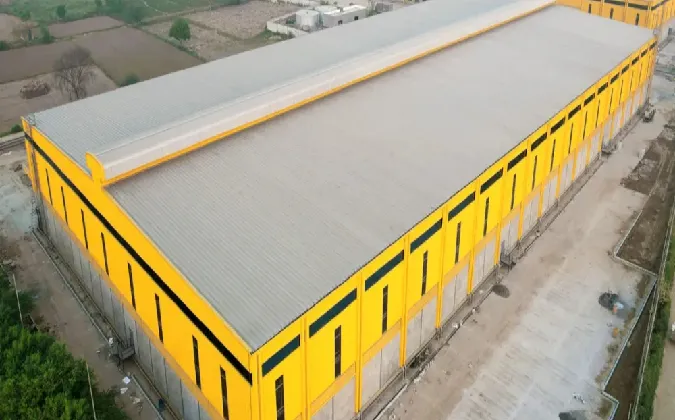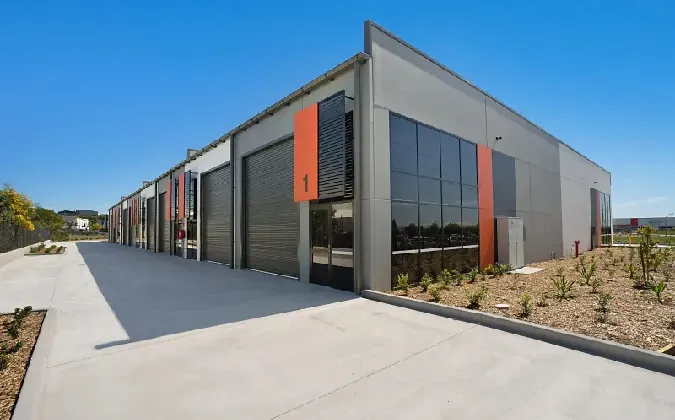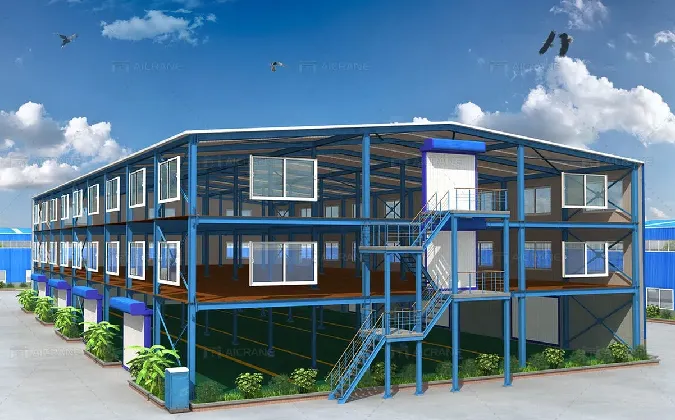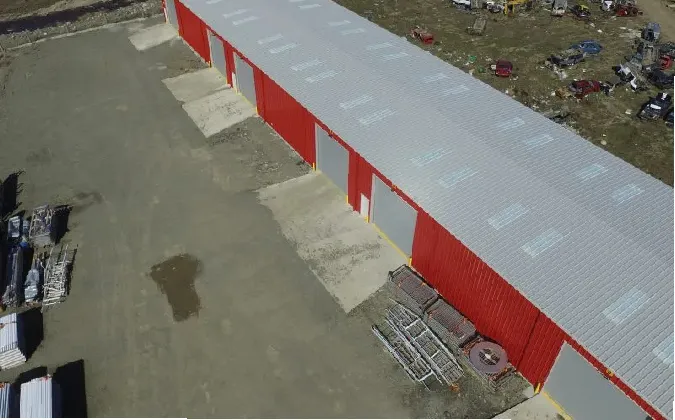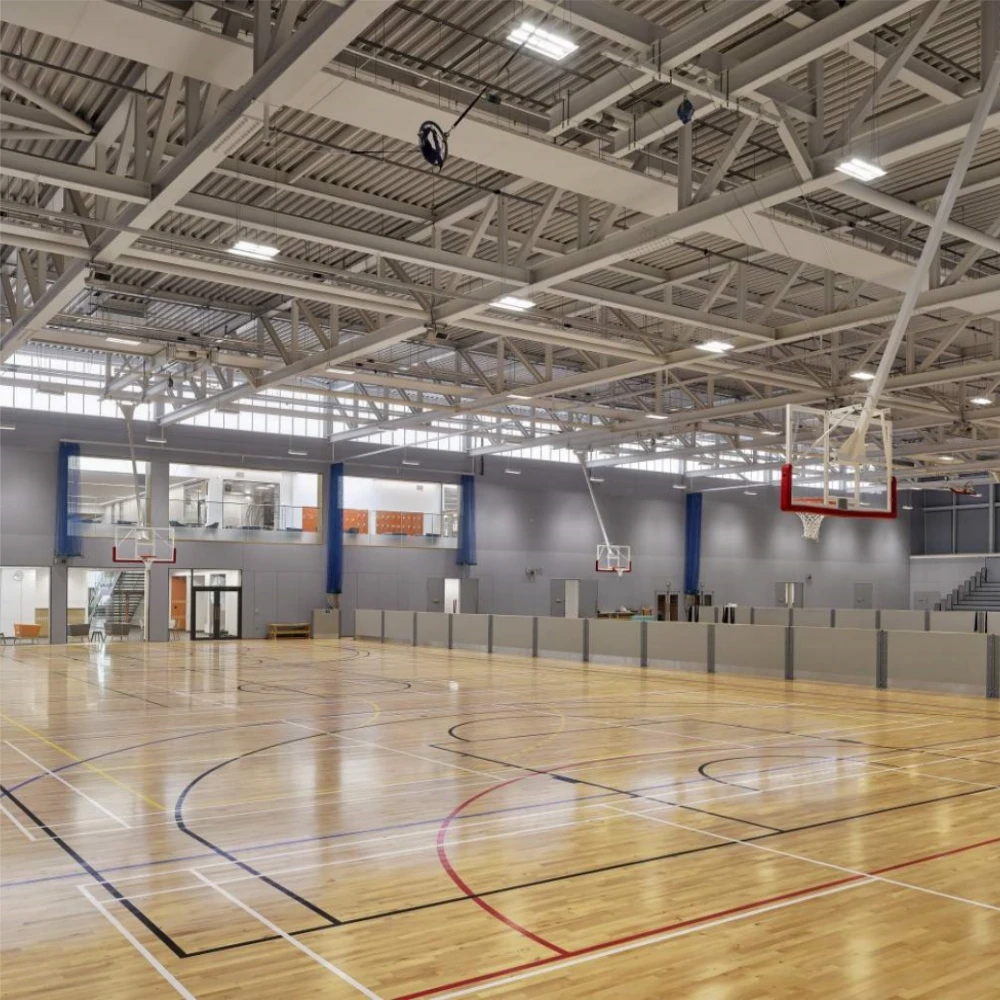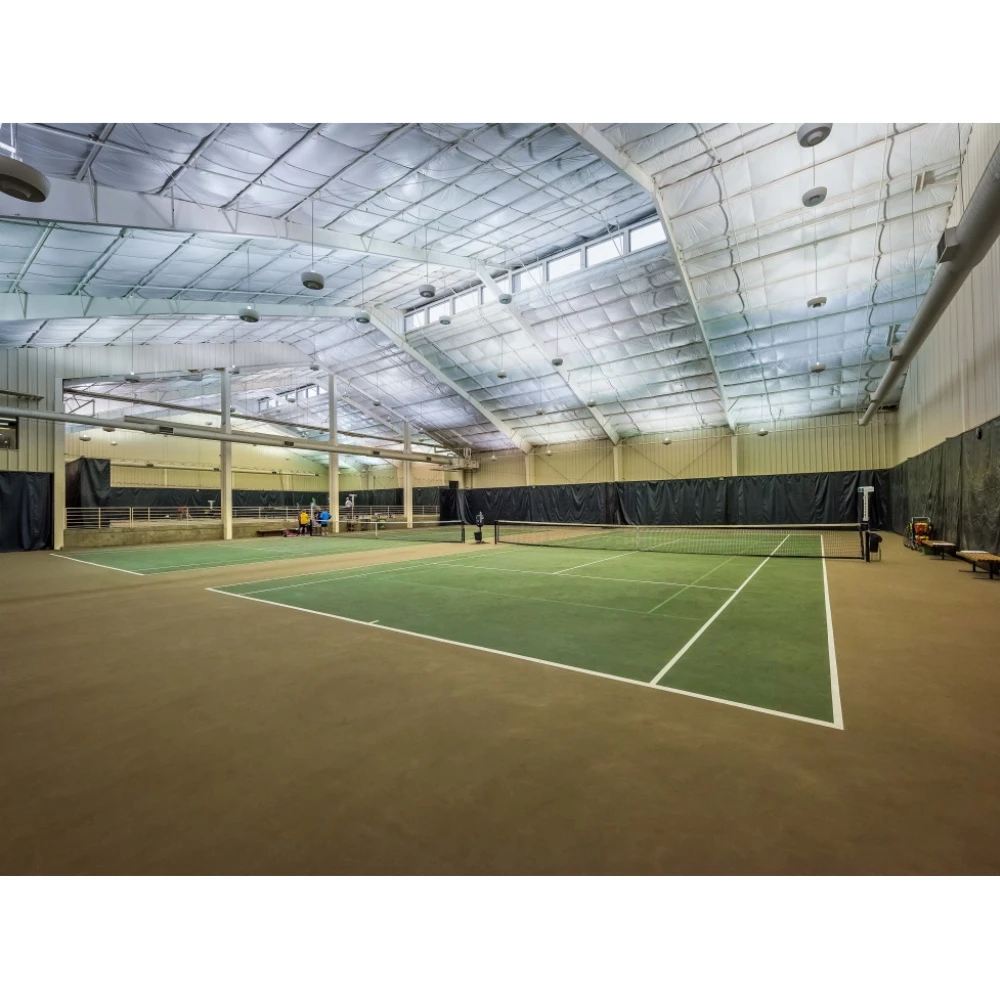- Afrikaans
- Albanian
- Amharic
- Arabic
- Armenian
- Azerbaijani
- Basque
- Belarusian
- Bengali
- Bosnian
- Bulgarian
- Catalan
- Cebuano
- Corsican
- Croatian
- Czech
- Danish
- Dutch
- English
- Esperanto
- Estonian
- Finnish
- French
- Frisian
- Galician
- Georgian
- German
- Greek
- Gujarati
- Haitian Creole
- hausa
- hawaiian
- Hebrew
- Hindi
- Miao
- Hungarian
- Icelandic
- igbo
- Indonesian
- irish
- Italian
- Japanese
- Javanese
- Kannada
- kazakh
- Khmer
- Rwandese
- Korean
- Kurdish
- Kyrgyz
- Lao
- Latin
- Latvian
- Lithuanian
- Luxembourgish
- Macedonian
- Malgashi
- Malay
- Malayalam
- Maltese
- Maori
- Marathi
- Mongolian
- Myanmar
- Nepali
- Norwegian
- Norwegian
- Occitan
- Pashto
- Persian
- Polish
- Portuguese
- Punjabi
- Romanian
- Russian
- Samoan
- Scottish Gaelic
- Serbian
- Sesotho
- Shona
- Sindhi
- Sinhala
- Slovak
- Slovenian
- Somali
- Spanish
- Sundanese
- Swahili
- Swedish
- Tagalog
- Tajik
- Tamil
- Tatar
- Telugu
- Thai
- Turkish
- Turkmen
- Ukrainian
- Urdu
- Uighur
- Uzbek
- Vietnamese
- Welsh
- Bantu
- Yiddish
- Yoruba
- Zulu
Sep . 05, 2024 10:02 Back to list
The Rise of Prefabricated Warehouse Buildings
In recent years, the construction industry has witnessed a significant transformation with the advent of prefabricated structures. Among these innovations, prefabricated warehouse buildings have gained substantial traction due to their efficiency, cost-effectiveness, and environmental benefits. As businesses increasingly seek to optimize their operations, prefabricated warehouses are emerging as a practical solution to meet the growing demand for storage and logistics.
The Rise of Prefabricated Warehouse Buildings
Cost is another major factor influencing the popularity of prefabricated warehouses. Conventional construction methods often involve higher labor costs, prolonged timelines, and material wastage. In contrast, prefabrication minimizes onsite labor requirements and reduces material costs due to bulk purchasing and streamlined production processes. Consequently, businesses can enjoy substantial savings, allowing them to invest more resources into other areas of their operations.
prefab warehouse building
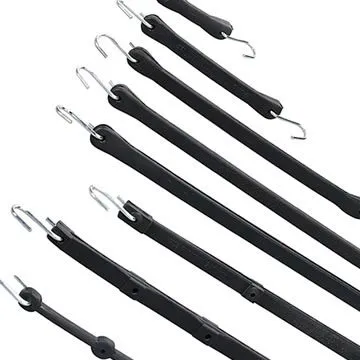
Moreover, prefabricated warehouse buildings are designed with flexibility in mind. They can be easily customized to meet specific operational needs, whether for cold storage, retail distribution, or manufacturing. This adaptability allows businesses to respond swiftly to changing market demands and scale their operations without significant renovation efforts.
Environmental considerations are also at play in the growing preference for prefabricated structures. With a focus on sustainability, many companies are looking for ways to reduce their carbon footprint. The prefabrication process typically generates less waste than traditional construction, as it allows for precise measurements and controlled production conditions. Additionally, many modern prefabricated buildings are designed to be energy-efficient, incorporating features such as advanced insulation and sustainable materials that help reduce energy consumption over time.
The integration of technology into prefabricated warehouse construction further enhances its appeal. Building Information Modeling (BIM) is increasingly being used to design and visualize projects before construction begins. This not only ensures greater accuracy but also allows for efficient collaboration among architects, engineers, and builders. As technology continues to evolve, the capabilities of prefabricated buildings are expected to expand, offering even more innovative solutions for industrial needs.
In conclusion, the rise of prefabricated warehouse buildings marks a significant shift in the way businesses approach construction and logistics. With their numerous advantages—ranging from reduced construction time and cost efficiency to environmental sustainability and adaptability—prefabricated warehouses are becoming the go-to solution for companies looking to optimize their operations. As the demand for storage and logistical capabilities continues to grow, it is clear that prefabricated structures will play an increasingly vital role in the modern industrial landscape. Companies that embrace this trend are likely to gain a competitive edge in a rapidly changing marketplace.
-
How Do Prefabricated Steel Structures Transform Modern Construction?
NewsJul.14,2025
-
How Do Prefabricated Metal Buildings Redefine Modern Construction?
NewsJul.14,2025
-
How Do Prefab Insulated Metal Buildings and Steel Structures Revolutionize Modern Construction?
NewsJul.14,2025
-
How Do Pre - Engineered Steel Structures Redefine Modern Construction?
NewsJul.14,2025
-
Advancing Modular Construction with Prefabricated Metal Structures
NewsJul.14,2025
-
Advancing Industrial Infrastructure with Prefabricated Steel Solutions
NewsJul.14,2025
Products categories
Our Latest News
We have a professional design team and an excellent production and construction team.






